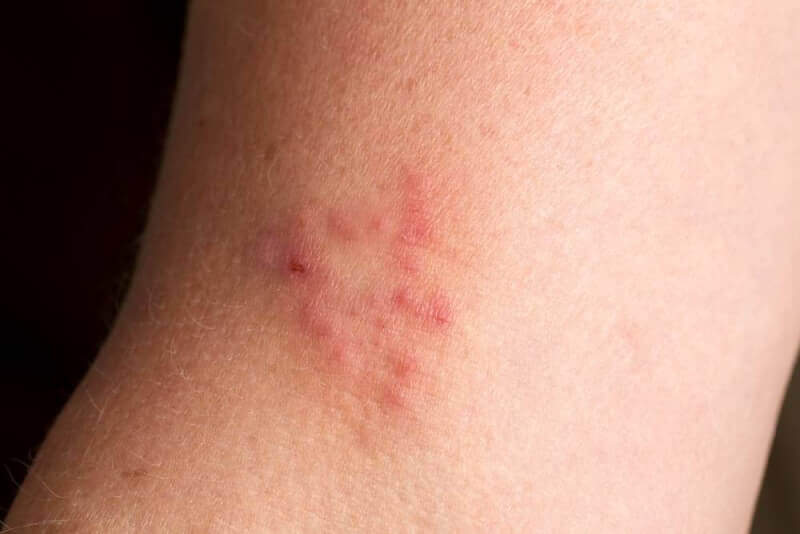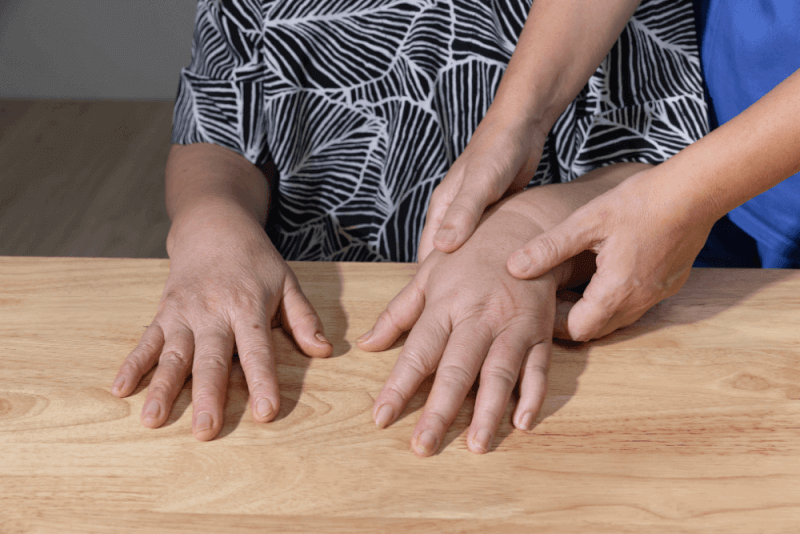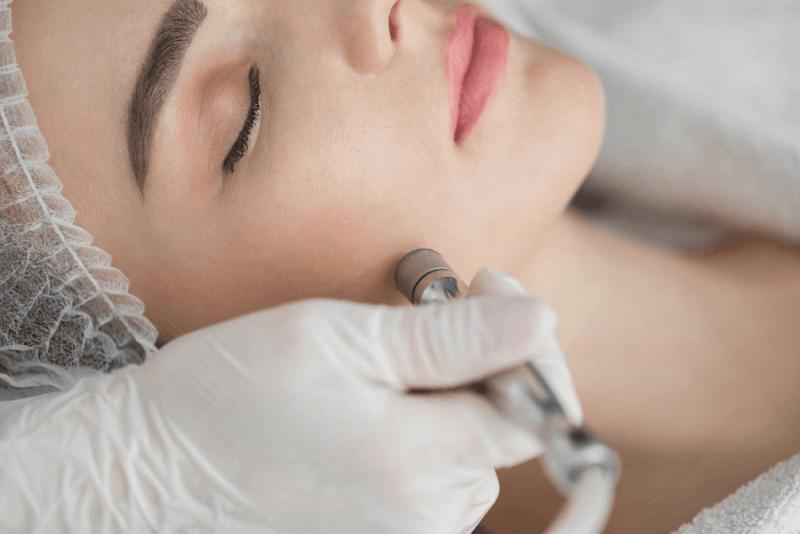30 Second Summary
- Ringworm is a disease that causes regional hair loss in hairy areas such as hair, eyelashes, mustache, and beard.
- It is seen in approximately 80% of people under the age of 40.
- There are different types of ringworm. The most common type is alopecia areata universalis, which affects the entire scalp.
- Although the exact cause is unknown, it is thought to be an autoimmune disease.
What is Ringworm?
Known as ringworm among the public, alopecia areata is a disease that suddenly appears in hairy areas such as hair, eyelashes, mustache, or beard and causes regional hair loss. If it appears in the hairy area, it causes circular hair loss visible from the outside on the scalp. Ringworm is seen in approximately 80% of people under the age of 40. In some patients, new hair growth may occur in the areas where hair loss occurs, while in others, new lesions may form. Ringworm is more common in men than in women.
There are different types of ringworm. The most common type affecting the scalp is called alopecia areata universalis. In some people, hair loss does not occur on the scalp, but the hair strands suddenly thin and weaken. This type is called diffuse alopecia areata. Another type of ringworm is alopecia areata totalis, where hair suddenly and completely falls out. If hair loss occurs in a hairband shape behind the neck and ears, it is called ophiasis alopecia areata.
Types of Ringworm
Ringworm can be referred to by different names depending on the affected area of the body and can appear almost anywhere on the body. Ringworm infections include the following.
Scalp Ringworm (tinea capitis)
It causes scaly, red, itchy bald spots on the scalp. If this type is not treated, the bald spots may grow and become permanent.
Beard Ringworm (tinea barbae)
When ringworm appears on the neck, chin, and cheeks, it is called beard ringworm. Patches in beard ringworm may be broken or filled with pus.
Athlete's Foot (tinea pedis)
Athlete's foot causes an itchy and burning skin rash between the toes and on the soles of the feet. It can also cause the skin to peel, crack, or blister. Some people may also experience foot odor.
Jock Itch (tinea cruris)
Also known as jock itch, this type of ringworm affects the groin, upper thighs, or rectum. It causes a red, itchy rash and may cause blisters in some people.
Tinea manuum
When ringworm appears on the hands, symptoms include dry, cracked palms and ring-like patches.
Nail Fungus (tinea unguium or onychomycosis)
When the fungal infection affects the nails, the nails thicken, change color, and become deformed.
Symptoms of Ringworm
The most characteristic symptom of ringworm is one or more smooth oval hairless patches on the scalp. There is no inflammation in the affected area, and the skin in the area is very healthy. Hair loss begins in the temples and eyebrows. Hair loss progresses over a period of 5 days to 5 weeks. In some patients, additional symptoms such as burning and itching may occur in the affected area.
Although ringworm usually starts on the scalp, it can also cause hair loss on the eyelashes, eyebrows, armpits, beard, and groin area if it progresses. The nail structure of some patients is also affected by ringworm.
In some patients, ringworm is recurrent, and the way and speed at which the disease progresses are unpredictable. Therefore, spontaneous recovery occurs in some patients. However, the new hair that grows in the hairless area is white. If the inflammation has affected the hair follicles, new hair growth is expected. Approximately 30% of patients experience worsening or recurrence of ringworm. It is known that in 1 out of 10 patients, ringworm affects other parts of the body.
Symptoms of ringworm also include changes in the nails of the hands and feet. These symptoms are more common in children with ringworm. In some patients, these symptoms are the first signs of the disease. Symptoms in the nails include:
- Thinning or separation of the nails,
- Pale appearance of the nails,
- Hardening of the nails,
- White spots,
- Ridges,
- Pitting like pinholes,
Other symptoms of ringworm include:
- Thickening of hair towards the ends,
- Breaking of hair strands affected by ringworm before reaching the surface,
- Whitening of the affected area's hair,
Causes of Ringworm
The exact cause of ringworm has not yet been determined. The most widely accepted theory is that it is one of the autoimmune diseases. Therefore, it is assumed that the patients' immune systems attack the hair follicles. This stops hair growth and subsequently causes hair loss.
Some studies on ringworm have shown that genetic factors are also effective. A child with ringworm is 3 to 6 times more likely to develop ringworm than the general population. On the other hand, some diseases supported by genetics can also cause ringworm. These diseases include:
Factors that Increase the Risk of Ringworm
- Being under 40 years old,
- Autoimmune disease,
- Being male,
- Down syndrome,
- Genetic predisposition,
Ways of Transmission of Ringworm
Since ringworm is a skin infection caused by a fungus, it is transmitted through direct contact with infected people or animals. Additionally, it can also be transmitted through contact with items used by infected individuals, such as barber scissors, hair, shower cabins, or surfaces.
How is Ringworm Diagnosed?
The symptoms of ringworm are very typical, so patients can usually diagnose the disease before consulting a specialist. However, in some patients, ringworm can be confused with a fungal infection. Therefore, it is very important to consult a specialist for an accurate diagnosis. Specialists first examine the symptoms of the disease and evaluate the degree of hair loss to diagnose. In addition, they ensure the accuracy of the diagnosis by examining a few hair strands under a microscope.
Since ringworm is considered an autoimmune disease, blood tests can help clarify this condition. Tests that can be applied include examining thyroid hormone levels, antinuclear antibody tests, iron parameters, CRP, and sedimentation rate.
Contrary to common belief, ringworm is not a contagious disease. However, some patients may require a biopsy to rule out fungal infections that resemble ringworm. This biopsy also helps identify diffuse forms of the disease.
Another method used in the diagnosis of ringworm is dermoscopy. With this method, specialists can examine broken hair strands, yellow or black dots, and exclamation mark hair findings in the affected area.
Treatment Methods for Ringworm
The goal of ringworm treatment planned by dermatologists is to stop the disease. In addition, it aims to promote faster growth of new hair to replace the lost hair strands. Mild and early-stage ringworm may sometimes heal spontaneously without any treatment. Finding the right medication for the complex treatment of ringworm can take time.
Steroid Treatment
Steroids are used in the treatment of advanced ringworm. Steroid medications are initially used in cream form. In later stages, if necessary, they can be applied to the scalp through injection. These medications accelerate blood flow to the ringworm area.
Other Drug Treatments
There are also different groups of drugs used in the treatment of ringworm. Additionally, some patients undergo immunotherapy. In addition, immunosuppressive drugs and ultraviolet rays can also be used during treatment.
Nutrition for Ringworm Patients
To help treat ringworm, which is considered an autoimmune disease, it is necessary to follow the dietary rules applicable to other autoimmune diseases. The general dietary rules for autoimmune diseases prioritize avoiding foods containing gluten and lactose. Additionally, patients should avoid foods containing additives and lean towards healthy fats. Besides these, some herbal remedies are also used to support ringworm treatment. These herbal supports include:
- Garlic,
- Aloe vera,
- Grapefruit extract,
- Coconut oil,
- Turmeric,
- Salt,
- Lemongrass leaves,
Is Ringworm Contagious?
The occurrence of ringworm in more than one person in the same family leads to the belief that the disease is contagious. However, ringworm is not a contagious disease. The reason it is seen in the same family is due to genetic factors.
Ringworm does not spread from person to person or from the scalp to other parts of the patient's body. However, it can appear randomly in any part of the body. Therefore, there are types of ringworm that do not appear in the hairy area but appear in other parts of the body.
What Should a Person with Ringworm Pay Attention To?
To prevent ringworm, individuals should pay attention to their hair care. Both men and women should prevent hair loss regardless of gender. For this, correct hair care methods should be applied.
In addition, factors that can cause ringworm should be avoided. These factors include stress, aging, genetic factors, psychological problems, and nutritional deficiencies.
Besides these, the chemicals used in hair care and chronic diseases of individuals are also among the causes of ringworm. Therefore, individuals should control their chronic diseases and use hair care products containing natural substances instead of chemical options.
Signs of Ringworm Recovery
For ringworm treatment to be considered successful, hair loss must first stop. In the following process, new hair growth occurs in the areas where hair loss occurred. However, the first hair strands may be thinner than other hair strands.











B** L** | 20 May 2024